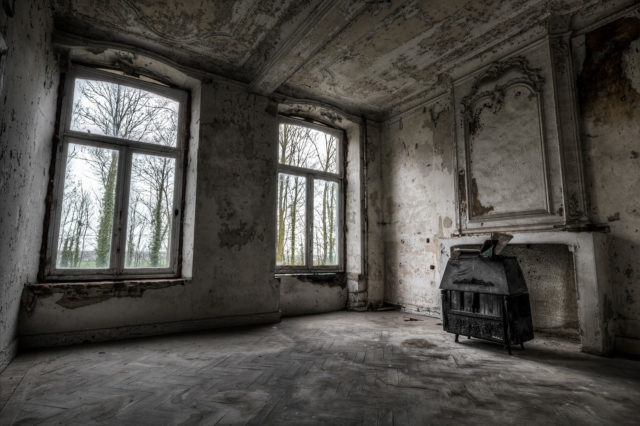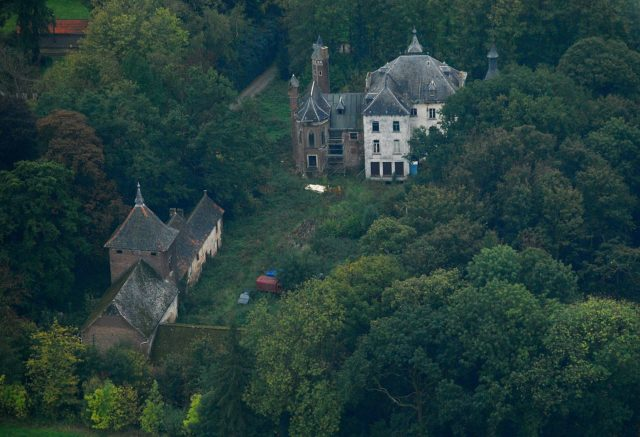Castle Hogemeyer is an impressive building that stands abandoned near the village of Kersbeek-Miskom, Belgium. The land on which it stands has been a family home since the 14th century, although the style of the building has changed drastically over the years.
Back in 1323, there was a farmhouse here known as Hof van Landeloos. It belonged to a prosperous family in the area.
Not much is known about what happened after that until the 19th century when Gabriel-Michel-François de l’Escaille decided to build a grander house there. Around 1750, extensive renovations were carried out, and the modest farmhouse became a manor house.
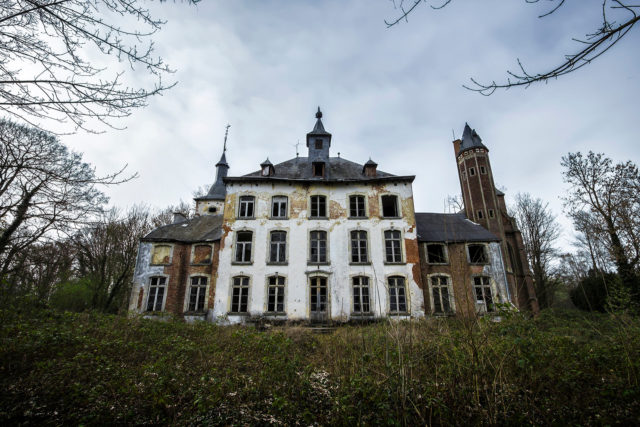
In 1860, the house came into the possession of Baron Emile Joseph de Turck, the grandson of de l’Escaille. He decided to expand the manor house further and made numerous changes, which give the property its iconic appearance today.
As well as improving the house itself, Turck added stables, a courtyard, and improved the gardens. Urban explorers report that inside the stables can be found the remains of a horse-drawn carriage.
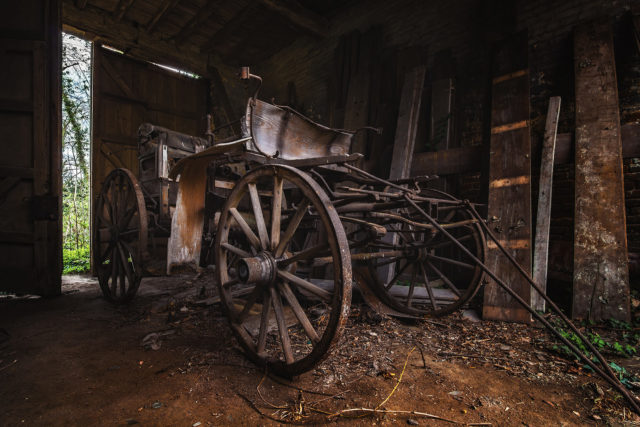
Perhaps Turck’s most notable addition was that of the neo-gothic chapel attached to the side of the house itself. The architecture of the chapel, which was inspired by medieval Gothic styles, has survived to this day.
Although the inside of the chapel has been stripped bare, it’s arched windows and vaulted ceilings still captivate all visitors to Castle Hogemeyer.
After noting the improvements Turck made, all sources of information fall silent as to what happened to Castle Hogemeyer after that. It seems that the reason for its abandonment in 1999 has been forgotten. There is some hint that the castle and the associated farm buildings were listed as monuments in 2001.
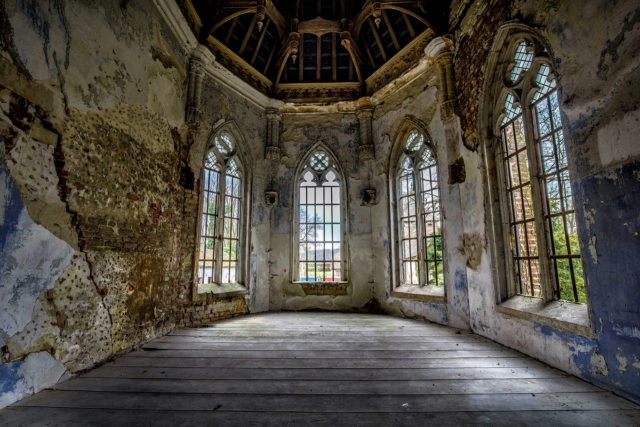
It seems that, after Hogemeyer bought the building in 2008, there were plans to turn Castle Hogemeyer into an artists’ studio.
It was also hoped the building could be used as an education center for art and heritage, but none of these plans came to fruition. Given the state of the property today, it could be that the costs were just too high to carry out the necessary renovations.
Any urban explorers or photographers wishing to visit Castle Hogemeyer should note that large double gates bar the entrance. A warning has been painted on the gates stating that access is forbidden and could incur a fine of 250 euros.
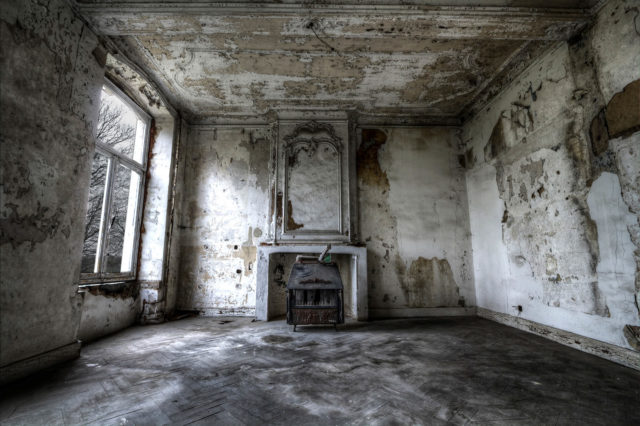
Despite this warning, there are still plenty of photographs of this castle to be found on the internet. With its imposing facade, empty windows, and Gothic architecture, the dramatic appearance of Castle Hogemeyer has proven just too tempting to lovers of abandoned places.
Although there are no items left inside the castle or chapel anymore, the lack of furniture has thrown the interesting architecture into sharp relief, making the interior a spectacle in its own right.
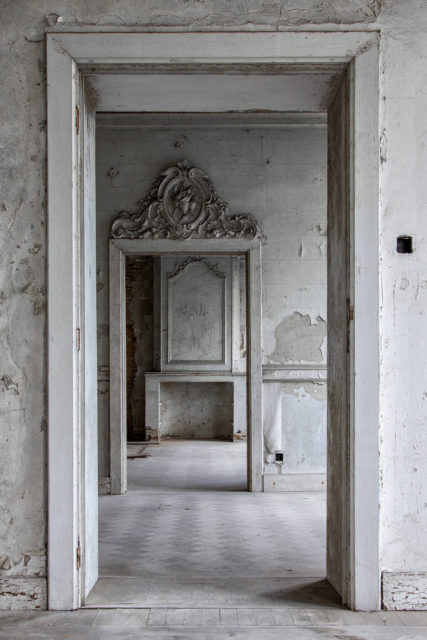
Some rooms still have peeling paint on the walls, allowing visitors to imagine what this property might have looked like when it was still in use.
One urban explorer stated that while some parts of the castle were old and shabby, other parts gave you the feeling that people might still live there.
Most of these photographs of Castle Hogemeyer were taken by a Dutch photographer – Steven Dijkshoorn.
Photographs of abandoned places make up much of his portfolio. If you check out his website, via this link, you can find a large number of pictures of beautiful, deserted places with a description to go with them.
Stephen believes that at the heart of photography is experiencing and capturing the special moments of life. If you want to see more of his gorgeous photos, then follow him on his social networks: Instagram, Facebook, and Twitter.
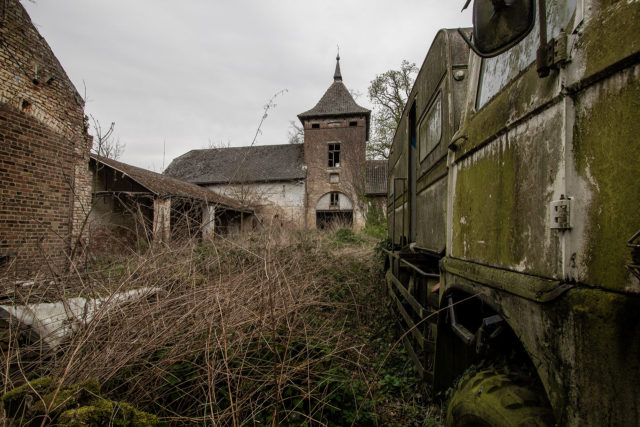
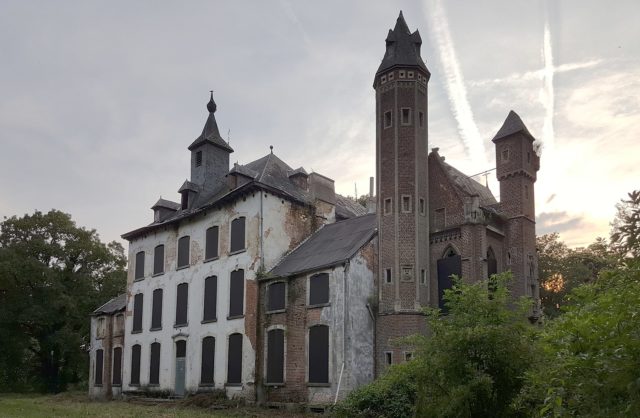
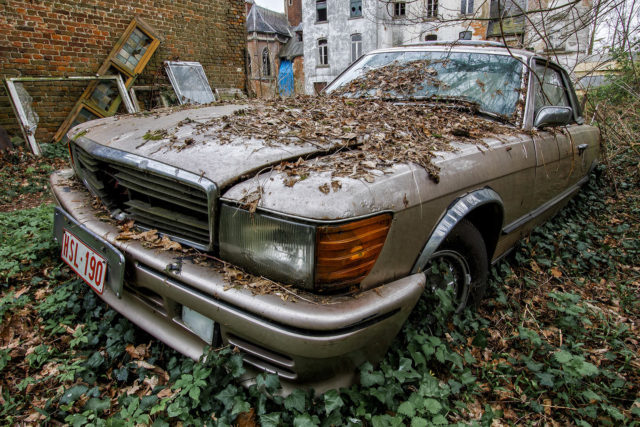
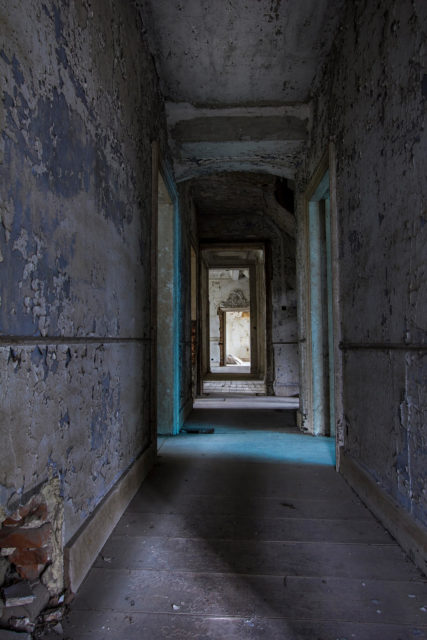
Another article from us: For Sale: Victorian Fort & Naval Gun Battery Yours for £5.5 Million ($7m)
